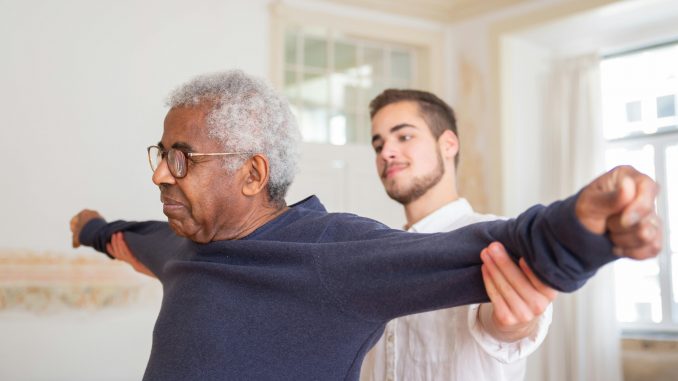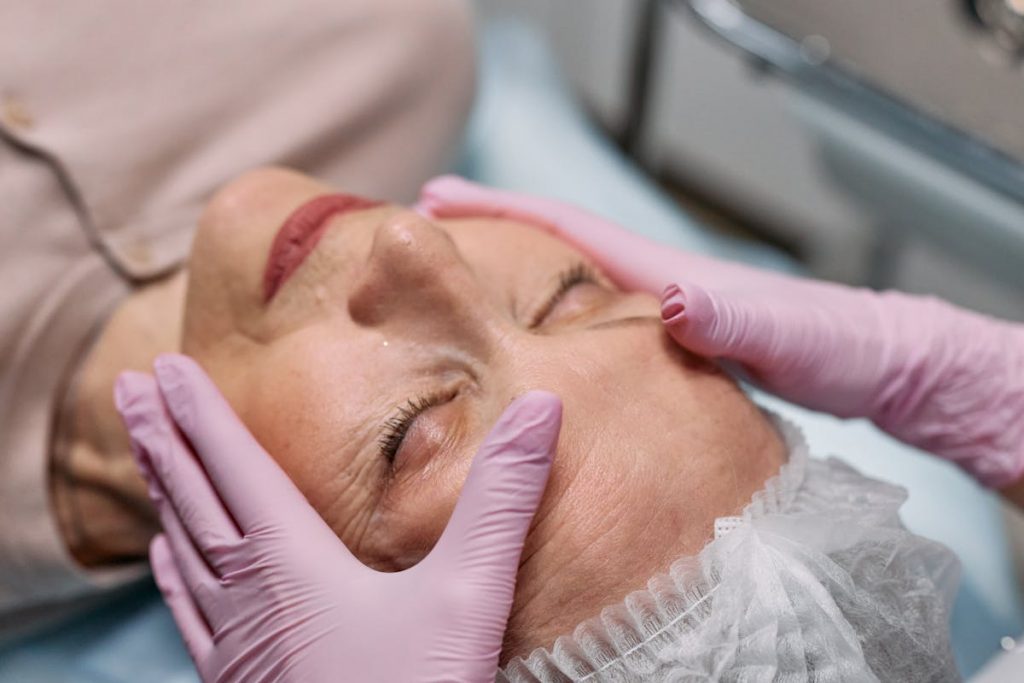

- Gentle exercises enhance flexibility and strength, helping mitigate chronic muscle pain in older adults.
- Heat therapy offers immediate pain relief by improving blood flow and relaxing tight muscles.
- Regular massages target specific areas of tension, improving mobility and reducing long-term discomfort.
- Prioritizing quality sleep is essential for reducing muscle pain and aiding the body’s recovery process.
As you age, it is common to experience chronic muscle pain that can affect your daily life. Whether it’s due to arthritis, overuse injuries, or simple wear and tear, dealing with constant discomfort can be challenging. However, there are ways to break free from this cycle of pain and regain control of your body. This blog will discuss tips for aging individuals to manage and alleviate chronic muscle pain.
Stay Active
One of the best ways to combat chronic muscle pain is by staying active. Regular exercise can help strengthen muscles, improve flexibility, and reduce inflammation. Low-impact exercises are especially beneficial for aging individuals. Here are four types of exercises to consider incorporating into your routine:
Stretching
Stretching can help improve range of motion and flexibility, which can alleviate muscle pain. Gentle stretches should be done daily or at least three times a week. Additionally, stretching can also help with relaxation and reduce stress.
Strength Training
Strength training is essential for maintaining muscle mass and keeping your bones strong. It can also improve balance and stability, which can prevent falls and injuries. Aim to incorporate strength training exercises at least twice a week, focusing on all major muscle groups.
Cardiovascular Exercise
Cardio workouts like walking, biking, or swimming can help improve cardiovascular health and reduce inflammation. Have 30 minutes of moderate-intensity cardio activities five days weekly. You can also break it up into smaller increments throughout the day.
Yoga
Yoga is an excellent low-impact exercise that can not only improve flexibility but also promote relaxation and reduce stress. It can also help build strength and balance. Consider incorporating a gentle yoga class into your routine once or twice a week.
It’s essential to listen to your body and not push yourself too hard, but consistent physical activity can make a significant difference in managing muscle pain.
Practice Good Posture
Poor posture can put unnecessary strain on muscles and joints, leading to increased pain and discomfort. By practicing good posture throughout the day, you can alleviate some of this strain and reduce the likelihood of developing chronic muscle pain. Make an effort to sit up straight. You should align your shoulders with your ears. Additionally, keep your back in a neutral position when standing or walking.
Additionally, incorporating exercises that focus on improving posture, such as Pilates or tai chi, can also be beneficial in reducing back and neck pain. You can start by incorporating simple posture-correcting exercises into your daily routine, such as shoulder rolls and back stretches.
Use Heat Therapy
Heat therapy is a simple yet effective way to relieve muscle tension and reduce pain. Applying heat packs or taking warm baths can help relax tight muscles and improve blood circulation in the affected areas. Heat therapy is especially beneficial for individuals with conditions like arthritis or fibromyalgia that cause chronic muscle pain.

Get Regular Massages
Massage therapy can be a valuable tool in managing chronic muscle pain for aging individuals. Professional massages can help release tension in muscles, improve range of motion, and promote relaxation. Just make sure you find the best massage therapists in your area and communicate any specific areas of pain or discomfort to them.
They can tailor the massage to target these areas and provide maximum relief. For example, deep tissue massages can be effective in releasing tension in stubborn muscle knots and trigger points. This can lead to improved mobility and decreased pain in the long run.
Prioritize Sleep
Adequate sleep is crucial for overall health and well-being, especially when dealing with chronic muscle pain. Lack of sleep can exacerbate pain symptoms and make it more difficult for your body to recover from daily activities. Establishing a bedtime routine, creating a comfortable sleep environment, and practicing relaxation techniques before bed can help improve the quality of your sleep and reduce muscle pain.
Managing chronic muscle pain in aging individuals requires a multifaceted approach that includes incorporating gentle exercises, utilizing heat therapy, receiving regular massages, and prioritizing quality sleep. Each of these strategies offers its own set of benefits and can work in harmony to alleviate discomfort, improve mobility, and enhance one’s quality of life.
Remember, it’s essential to consult healthcare professionals before trying new pain management techniques, especially if you have pre-existing health conditions. By taking proactive steps to address muscle pain, older adults can lead more comfortable, active lives.